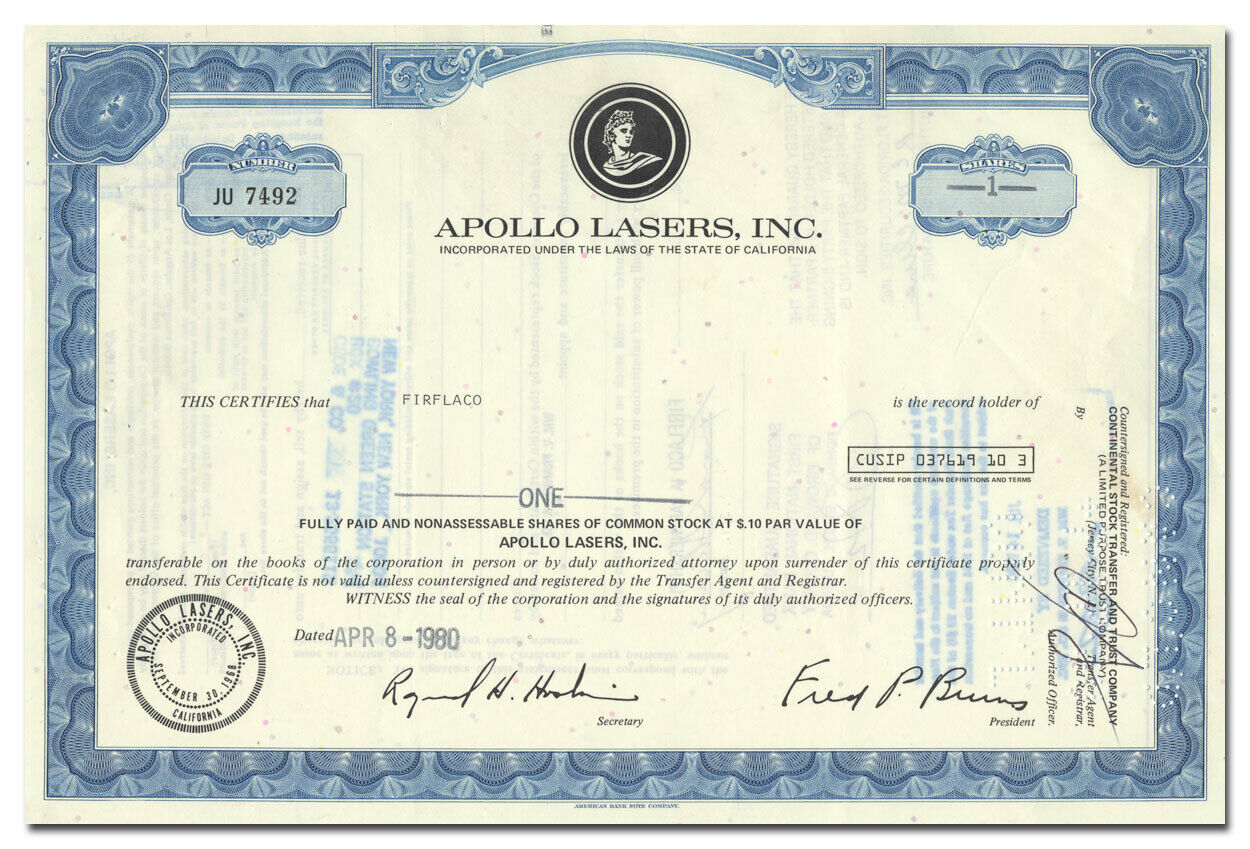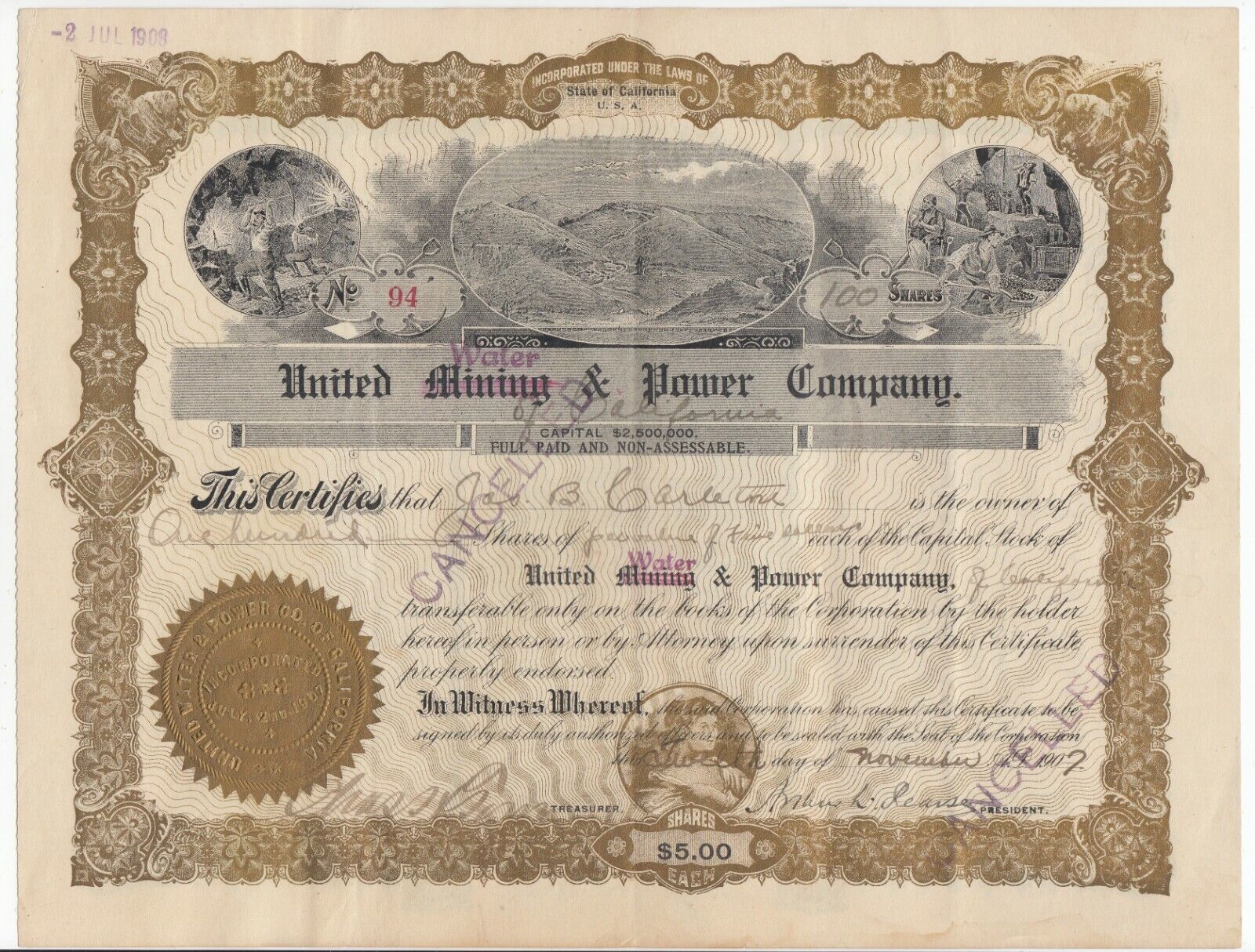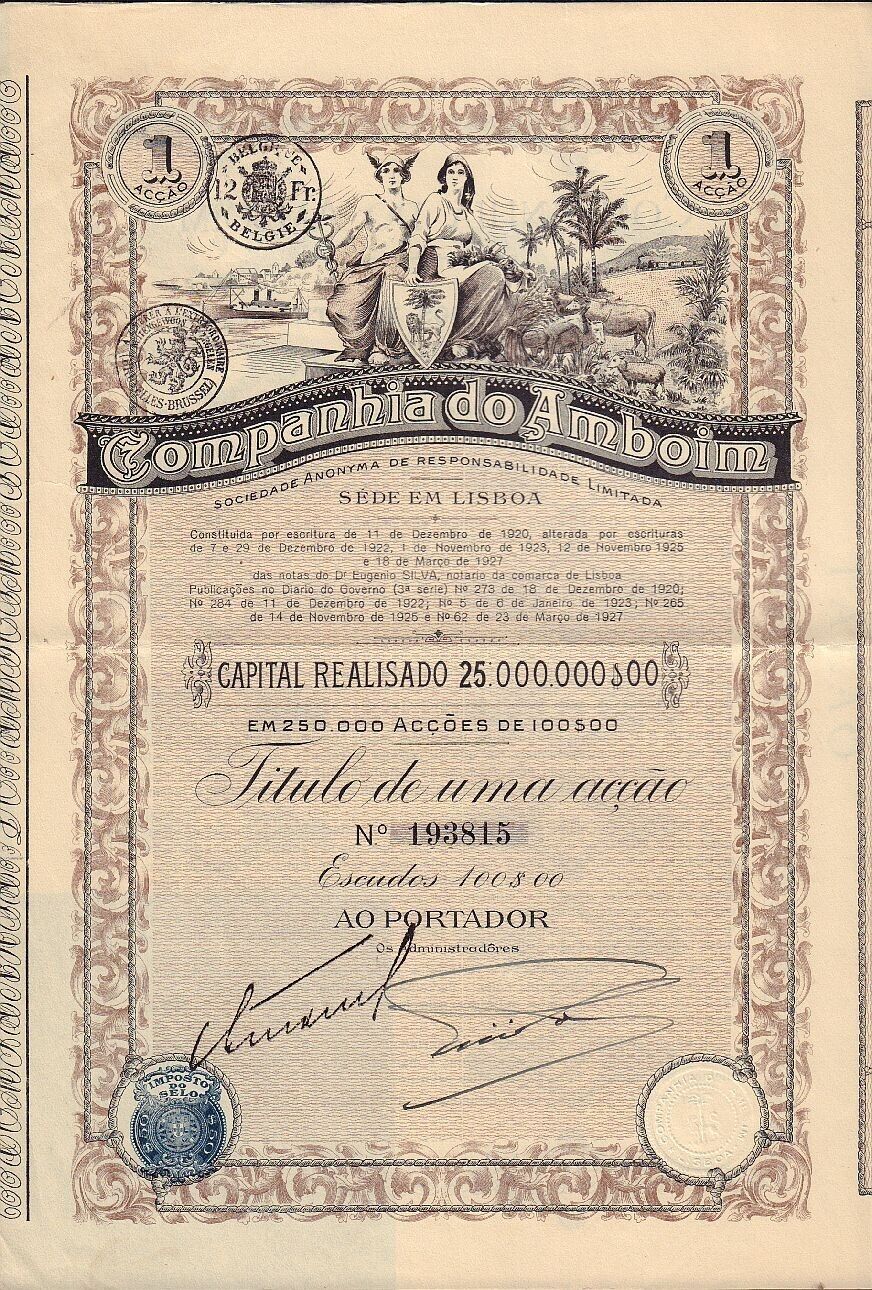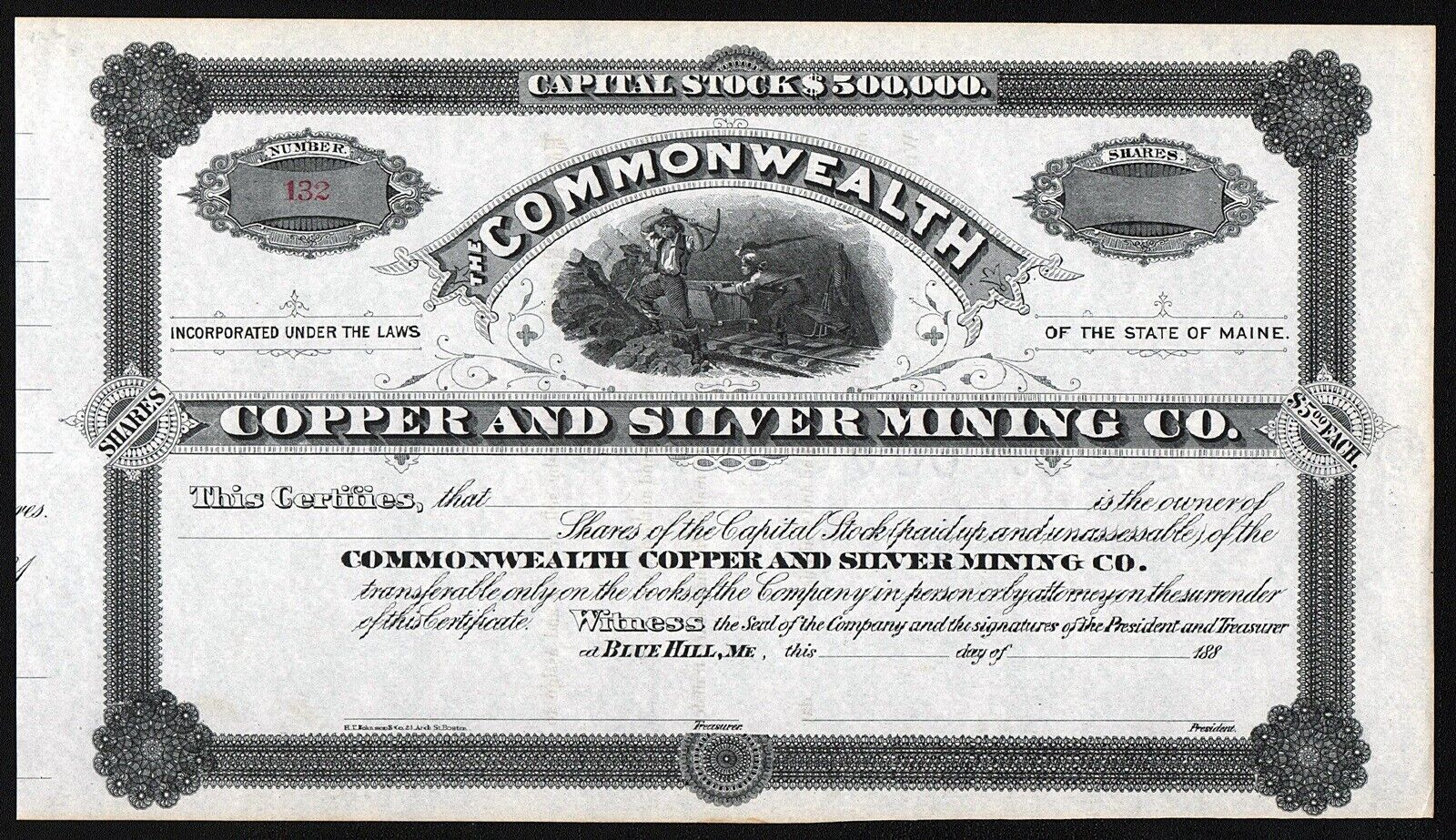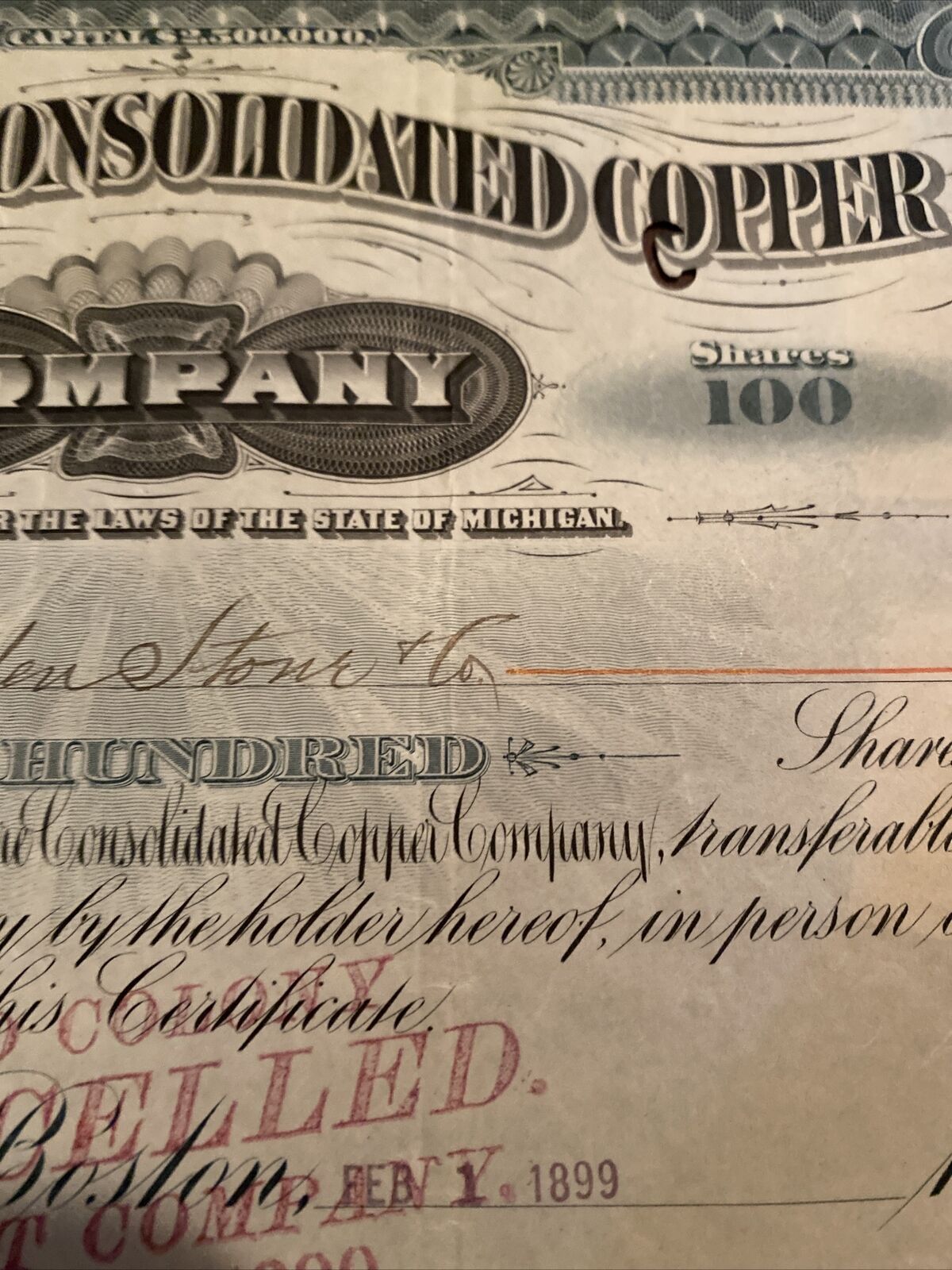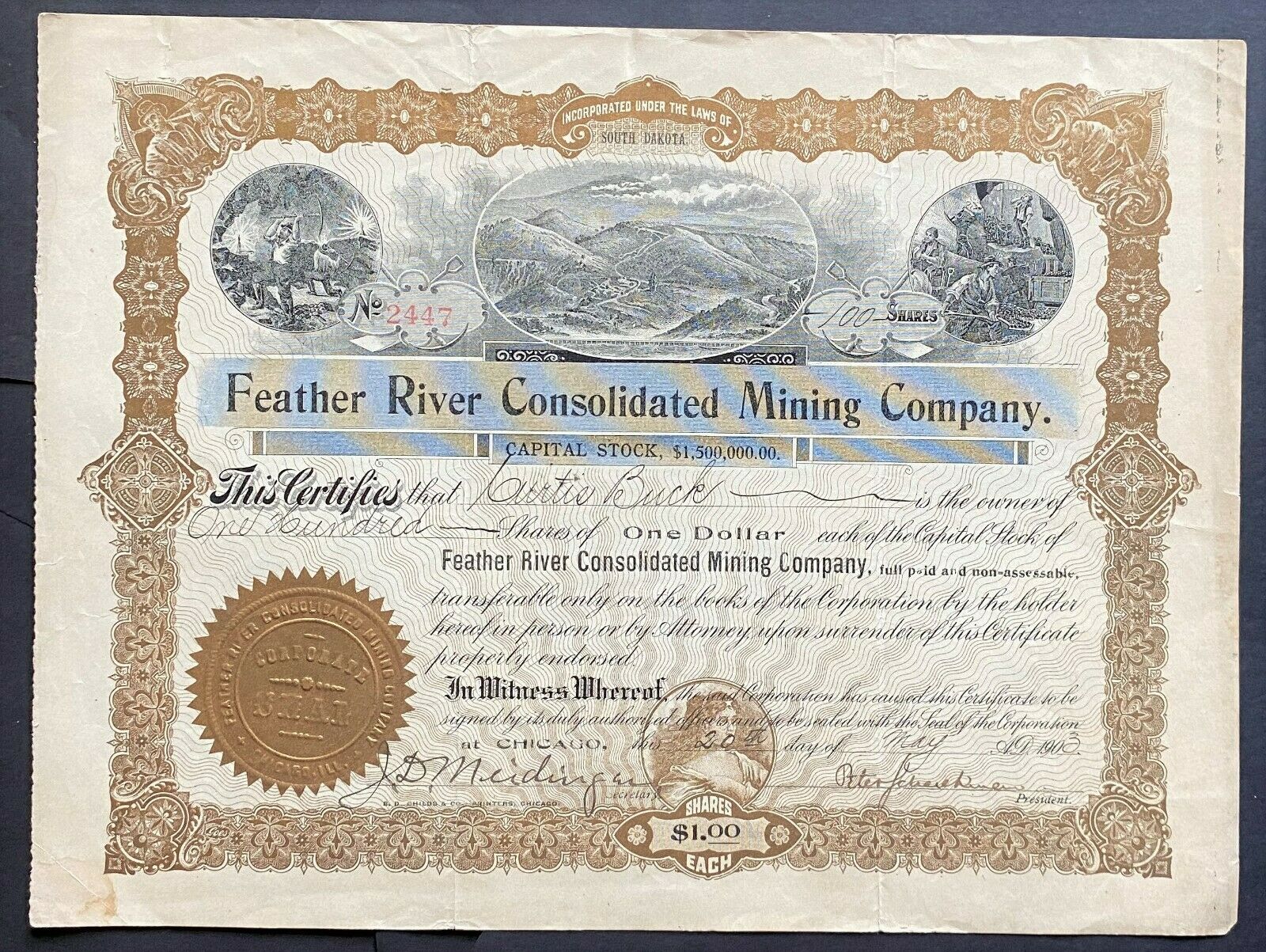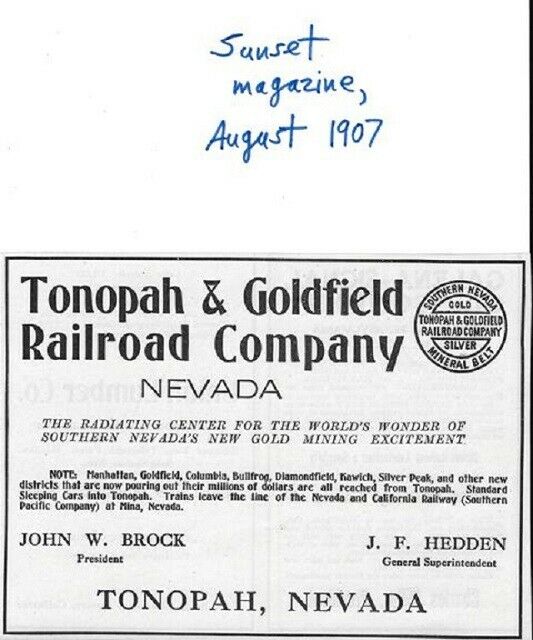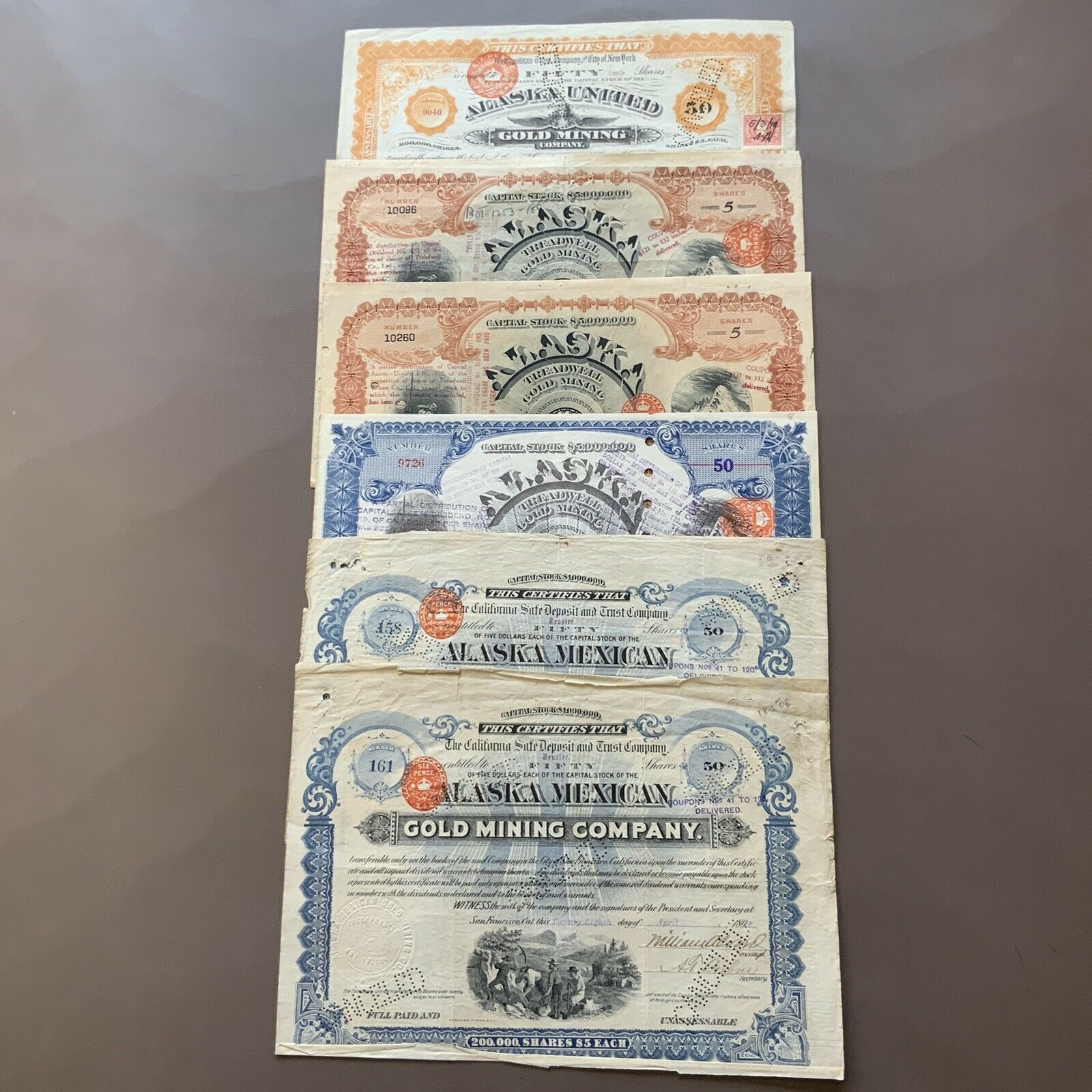-40%
Apollo Lasers, Inc. Stock Certificate
$ 1.56
- Description
- Size Guide
Description
Apollo Lasers, Inc. Stock CertificateThis piece is a ghostsofwallstreet.com clearance item and is available exclusively in our Ebay outlet store!
The laser-patent war raged for three decades, at times bitterly dividing the laser world. It started in 1957 in the physics department of Columbia University (New York, NY), where three years earlier professor Charles Townes had demonstrated the first laser. Townes and Arthur L.Schawlow, then at Bell Telephone Laboratories, were trying to extend the maser principle to infrared and optical wavelengths. Gordon Gould, then a 37-year-old graduate student working with Polykarp Kusch, also became intrigued by the idea. While Schawlow and Townes analyzed the possibilities carefully with the intent of publishing the results in a scholarly journal, Gould poured his ideas into a notebook and had it notarized so he could apply for a patent. Had Gould gotten good legal advice then, he might have pre-empted the long laser-patentwar by applying for a patent before Townes and Schawlow. However, he thought he first had to reduce the idea to practice. Unable to do that at Columbia, he left to join Technical Research Group Inc. (TRG, Melville, NY), where he wrote up his ideas more formally. TRG used them as the basis for a proposal it submitted to the then-new Defense Advanced Research Projects Agency, and Gould submitted his US patent application on April 6, 1959.That filing came months after Schawlow and Townes published their now-famous analysis in the December 1958 Physical Review. What was more critical, however, was that it came long after submission of the Townes and Schawlow-Townes patent applications. That timing and the question of how "diligently" Gould worked on his idea before submitting his application settled the matter for the courts in the 1960s. Gould lost the case before the US Court of Customs and Patent Appeals, which prompted Bushor's editorial. To most observers, that seemed to settle the matter. Townes had won the 1964 Nobel Prize in physics for developing the laser and maser. (Schawlowshare the 1981 Nobel Prize for pioneering laser spectroscopy, not for inventing the laser.) The two were well-respected pillars of the scholarly laser community. Independent and strong-willed, Gould was more an outsider. However, neither Gould nor his patent claims faded away completely. Early in its first year, Laser Focus reported that TRG and Gould received British patents for several different phases of laser technology. Those patents never made Gould rich, but they did fuel his desire to keep his American claims alive. When Control Data Corp., which bought TRG in the early 1960s, later liquidated the subsidiary's assets, Gould talked the company into allowing the contested patent rights to revert to him. He remained active in the laser world as a professor at the Brooklyn Polytechnic Institute until 1973, when he left to found Optelecom, an early maker of fiber optic data links.
Two key events were about to change the course of the war. One was a 1973 decision by the US Court of Customs and Patent Appeals, in a suit over Q-switch patents, that the Schawlow-Townes patent did not adequately describe optical pumping of a laser medium. The other was Gould's decision to trade a half-interest in his pending laser patent to the Refac Technology Development Corp., a New York patent-licensing firm headed by Eugene Lang, in exchange for absorbing his legal costs. The laser industry paid little attention until October 1977, when the Patent Office, 18 years after the application was filed, issued Gould a patent on optical pumping of lasers. Refac immediately notified manufacturers that they would have to pay royalties on optically pumped lasers. Laser Focus concisely summed up the situation in its lead news story in December: "Makers of solid-state lasers are considering concerted legal action in response to the issuance of a patent Oct. 11 to Gordon Gould on optically pumped lasers. Speed and forcefulness of the response were increased by what some laser makers consider exorbitant demands by Gould's agent, the Refa Technology Development Corp. The 3.5% to 5% royalty asked by Refac would generate more than million per year in licensing fees on the sales of solid-state lasers alone—an estimated .2 million in 1977--and the patent appears to cover optically pumped dye lasers as well. In its entire 17-year life, Charles Townes' optical maser patent generated only million in royalties." Barely a week after the patent was issued, Refac filed suit against Control Laser Corp., a leader in resisting the patent claims. Seven other laser companies joined Control Laser to fight the Gould patent. The following year, Gould received a second patent on a broad range of laser applications including machining. News of that patent sent Refac's stock up per share to —making Lang's 56% of the stock worth some million. Speculators did not wait for the courts to act on the patents. Gould sold part of his remaining interest to what seemed an unlikely buyer--the Panelrama Corp. of Ardmore, PA-a public company that had operated retail building-supply stores. The company changed its name to Patlex and bought 20% of Lerner, David, Littenberg, and Samuel--a Westfield, NJ, law firm that represented the Gould interests for a 25% interest in the patents. The law firm later merged withPatlex, and for several years lawyer Richard Samuel headed the company. The first case to come to trial was against tiny General Photonics. The company could not afford much defense, and on March 1, 1982, a federal judge ruled it owed royalties on the optical pumping patent. Soon afterward, however, patent opponents took advantage of new regulations that allowed the Patent Office to re-examine claims of patents that had already been issued. They heaved a collective—but premature--sigh of relief in early 1983, when the Patent Office denied Gould's claims. When Patlex speaks . . .The beleaguered Gould forces turned once again to the courts and eventually succeeded in reinstating the claims. That proved the decisive victory, and long-delayed infringement cases finally came to trial. In May 1987, Patlex won its case against Cooper LaserSonics, a Palo Alto, CA, company formed by the merger of several smaller laser companies. In the same month, Lumonics settled three infringement suits out of court. Other companies saw the handwriting on the wall and settled with Patlex, including Eastman Kodak and Chrysler. The final victory came in October 1987 in the long-delayed Control Laser case. Days later, Gould received his third patent, on gas-discharge lasers. A fourth, on Brewster-angle windows for lasers, followed in 1988. Soon everyone was talking with Patlex.
The fate of the eight companies that initially fought the optical pumping patent shows how decisively the Gould forces won the patent war. Patlex bought the assets of General Photonics after it filed for bankruptcy. Patlex acquired Apollo Lasers in a stock exchange with Allied Chemical, which earlier had paid million for the company. Hadron and National Research Group quietly faded away. Financial problems including court costs and licensing fees helped force the sale of Control Laser to Quantronix. Quantronix, in turn, fell victim to a market slump and was bought by Excel. Spectra-Physics also has gone through tough times, including a traumatic sale, but it remain a major factor in the laser industry. Only Coherent remains an independent company. Patlex itself merged in December 1992 with AutoFinance Group Inc., a financial-services company.
Frequently Asked Questions:
Is the certificate in this listing, the exact piece I will receive?
For this listing - no, t
he images are representative. We do this when multiple quantities are being offfered. You will receive a certificate in similar condition; however dating, denomination, certificate number and issuance details may vary.
Is this document authentic or a reproduction?
All pieces we offer are originals - we do not sell reproductions. If you ever find one of our pieces not to be authentic, it may be returned at any time.
Can this certificate be cashed in?
All of our certificates are sold only as collectible pieces, as they are either canceled or obsolete. Certificates carry no value on any of today's financial indexes and no transfer of ownership is implied.
Do you combine shipping?
We offer flat rate shipping - whether you order 1 certificate or 100 - you pay only the published flat rate.
To take advantage of our flat rate shipping offer,
you must add all of the pieces you would like to your eBay cart
and perform a single checkout. If you use "Buy It Now" for each individual certificate, you will be charged a shipping charge each time - this is a limitation of the eBay system.
Is all of your inventory on eBay?
Absolutely not! We have 1,000s of certificates on our website.
